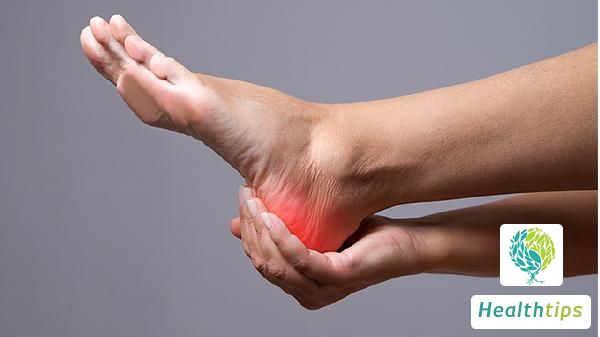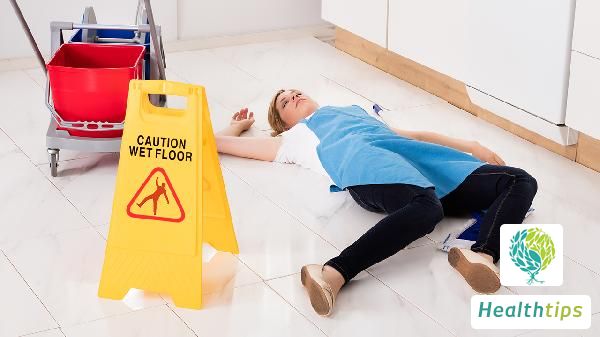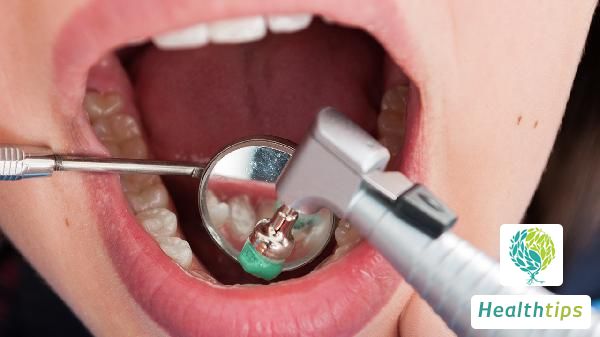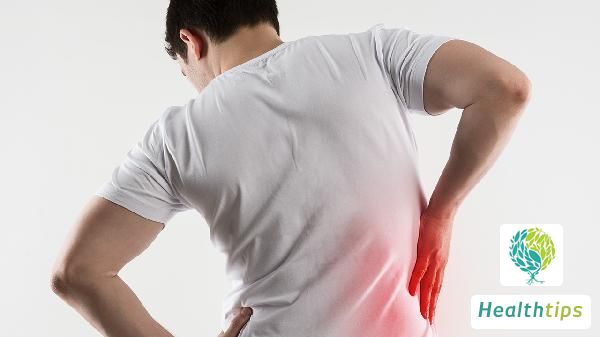"Can someone with cervical bone spurs engage in physical labor?"
Management of Cervical Vertebra Osteoproliferation
Patients with cervical vertebra osteoproliferation, in the absence of symptoms such as pain or limited mobility, can generally engage in physical labor. Cervical vertebra osteoproliferation is a pathological process of self-repair, and through rest and enhanced exercise, patients can accelerate the repair process. However, if the patient's symptoms are severe, including limited mobility, they should avoid physical labor.

1. No Pain or Limited Mobility
In the absence of pain or limited mobility, neither neck pain nor numbness in hands and feet, indicating a mild degree of osteoproliferation, patients can generally engage in moderate physical activities.
2. Neck Symptoms
If patients experience neck pain, numbness in hands and feet, it suggests that the osteoproliferation has caused local neurological symptoms. While these symptoms may not be severe enough to affect daily life, physical activities should be avoided to prevent aggravation. Additionally, nerve-nourishing medications like Mecobalamin Tablets can be prescribed to alleviate symptoms.
3. Finger Symptoms
Numbness in fingers indicates possible irritation of nerve roots, resulting in abnormalities in the nerve-innervated areas. If the symptoms do not involve pain or affect finger strength, physical activities should be avoided to prevent aggravation. Meanwhile, vitamin B12 tablets or other nerve-nourishing medications can be prescribed to improve symptoms.
4. Other Situations
Symptoms like dizziness, nausea, and vomiting indicate that the cervical osteoproliferation is compressing blood vessels, causing insufficient blood supply to the brain. In such cases, patients should rest in bed and avoid physical activities to prevent symptom aggravation. If patients experience dysfunction in urination or defecation, it signifies severe symptoms requiring immediate medical attention to prevent other serious complications.
Patients with cervical vertebra osteoproliferation should avoid prolonged head-down postures, keep the affected area warm, and wear scarves when going out during autumn and winter to protect their necks from cold exposure, which may exacerbate symptoms. Additionally, hot compresses can be applied to promote local blood circulation.



















